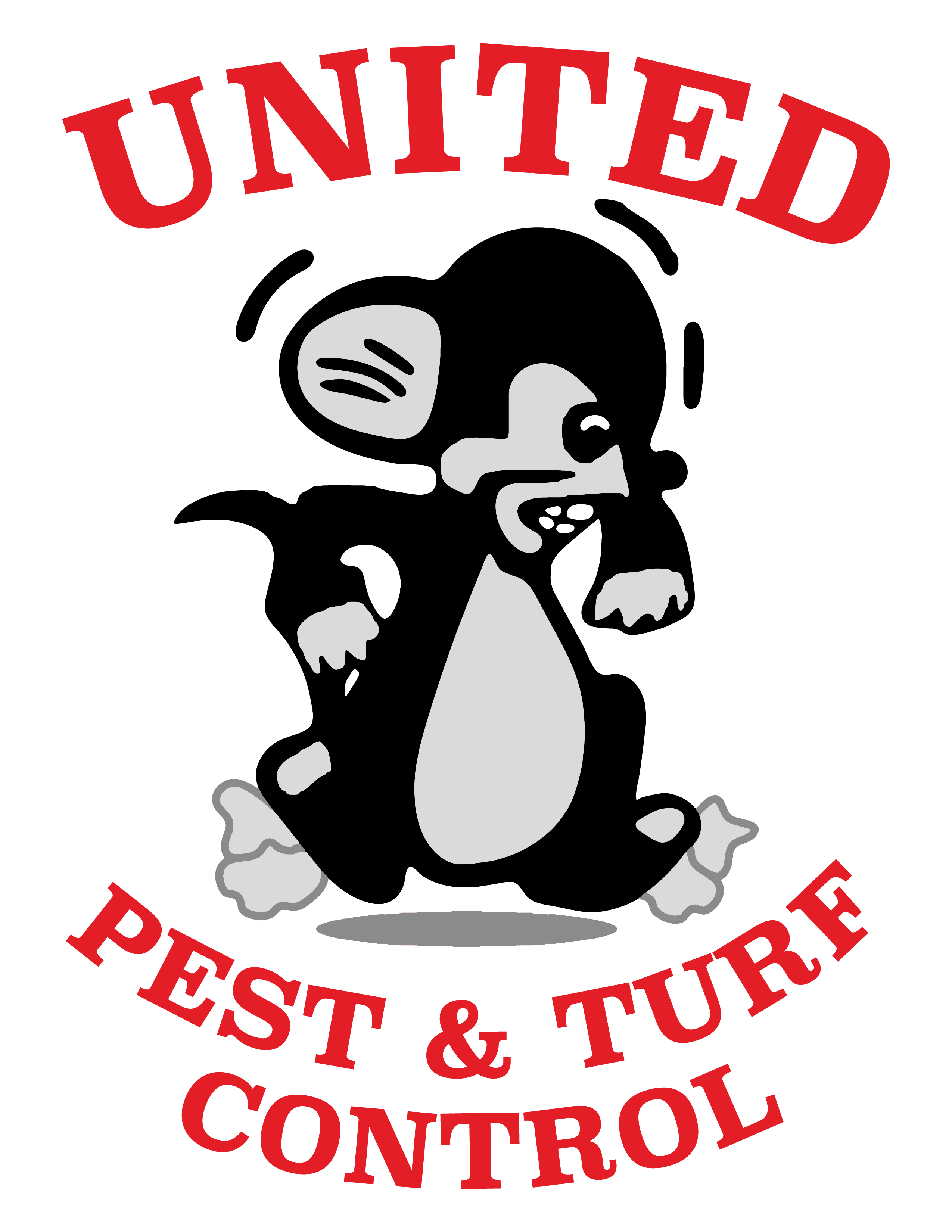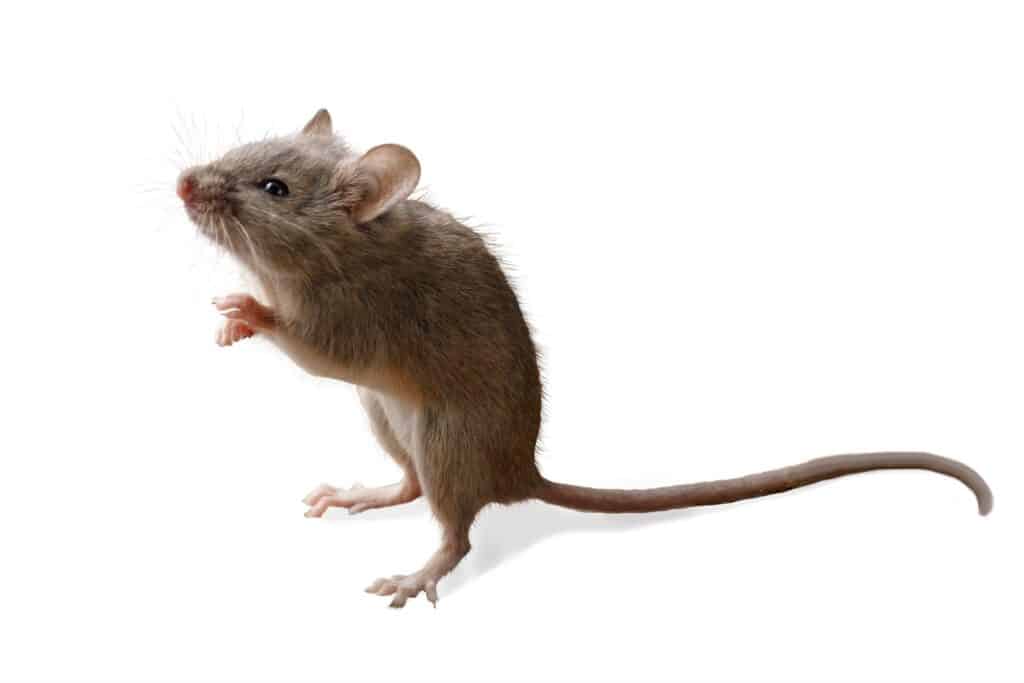As the weather gets cooler, mice and other rodents will hunt for a warm place to call home. Unfortunately, sometimes the new home becomes the attic, garage or interior living space of an already occupied home. No one wants wild mice roaming through the house, but it is good to identify the differences between a field or a house mouse when it comes to damages and removal.
What’s the difference between Field Mice and House Mice?
Deer mice are most commonly referred to as field mice, and have brown or tan fur with a white underside, feet and legs. A deer mouse’s tail has a small amount of hair, which is dark on top and light underneath. House mice are a solid light brown or gray color, with nearly hairless tails.
Both types, Deer mice (field mice) and house mice are experts at contaminating food, damaging wood, and insulation, burrowing in small cracks or holes and destroying wiring. But, how they store their food is different. Deer mice are hoarders and take any nearby food back to the nest, whereas, house mice are more likely to eat as they move around their environment. House mice don’t normally bring food back to the nest.
Where do Field Mice and House Mice Live?
These species of mice are both common in forests, fields, greenspaces and parks. House mice are more common in residential or urban spaces and Deer mice are often found in rural areas. Both may try to find their way indoors during the colder months.
Mice Carry Diseases
All species of mice can carry diseases that are harmful to humans. The most common health concern is Hantavirus Pulmonary Syndrome (HPS), a respiratory disease that can be fatal if not treated. Humans are most likely to contract HPS by not properly cleaning up mouse droppings, urine and nests, and frequently working in an area where mice live.
If a homeowner suspects a mouse infestation that cannot be remedied through basic means, it may be time to call in professionals. Experts can identify where the mice are coming from, locate the nest(s) and offer sanitization guidelines for minimizing damage and health risks. Mice are not solitary animals and will travel in groups, so if one mouse is found, it’s highly likely there are others nearby.


